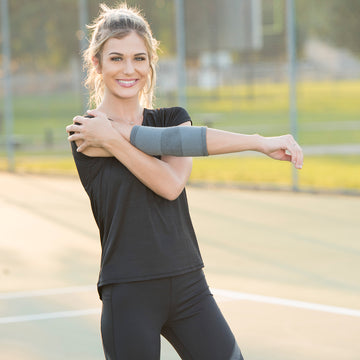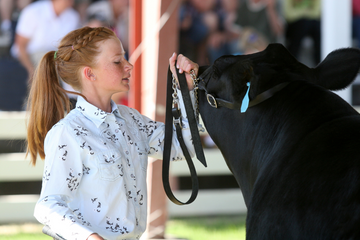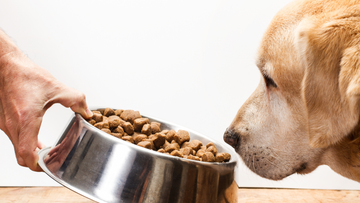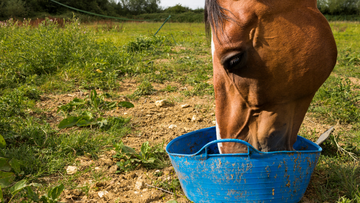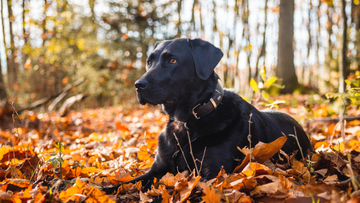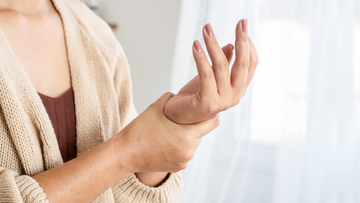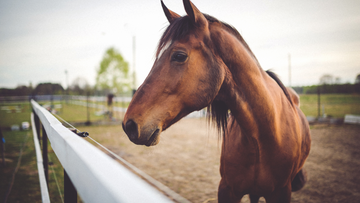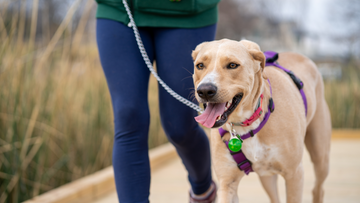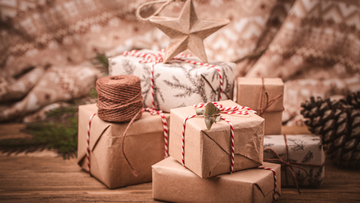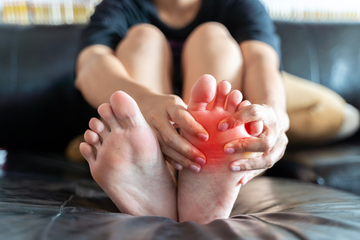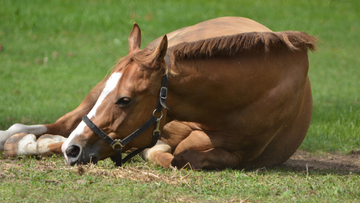The phrase ‘the best defense is a good offense’ was an idea originally coined by President George Washington in 1799 as he thought about ways to encourage his troops. The concept holds true to this day, and when it comes to emergency preparedness there is no better mindset.
Having an emergency pet kit and plan for every animal you care for is essential because everything from weather incidents to personal health issues can change your animals’ routine.
Kit Contents
 Every species has unique emergency items, but there are some things that are universal throughout dogs, cats, and horses. Remember to keep any information in your emergency kit up to date, and cycle through medical supplies on a 6-month basis.
Every species has unique emergency items, but there are some things that are universal throughout dogs, cats, and horses. Remember to keep any information in your emergency kit up to date, and cycle through medical supplies on a 6-month basis.
Universal Emergency Kit Items
- Two weeks of grain, hay, dog food, or cat food prepared
- 48 hours of water
- Flashlight
- Neatly packaged first-aid kit
- Vet wrap
- Sterile gauze
- Adhesive tape or duct tape
- Cotton balls
- Antibiotic spray or ointment
- Thermometer
- Scissors
- Tweezers
- Magnifying glass
- Flashlight
- Syringes
- Stethoscope
- Clean towel
- Current photos of your pet
- Medical history
- Veterinarian’s contact information
- List of medications
- Emergency contacts
Dog-Specific Emergency Kit Items
- Food and water bowls
- Blanket
- Leash, collar, and harness
- Kennel
- Toys
- Potty pads
Cat-Specific Emergency Kit Items
- Food and water bowls
- Blanket
- Cat litter and pan
- Leash, collar, and harness
- Cat carrier
Horse-Specific Emergency Kit Items
- Extra halter and lead
- Any blankets needed
- Bute
- Basic grooming supplies such as a brush, hoof pick, and fly spray
- Buckets for water
- Hay nets for hay
Have a Plan
Having a plan to accompany your kit in case of an emergency is vital. All plans should be written down with the names and numbers of veterinarians and potential caretakers.
Consider the local risks
 Different areas are more prone to natural disasters. Somewhere on the coast may get hurricanes, whereas a drier climate may be more prone to wildfires. Make evacuation plans according to your location. You may also consider ensuring you have proper identification for your farm animals in the event of a natural disaster.
Different areas are more prone to natural disasters. Somewhere on the coast may get hurricanes, whereas a drier climate may be more prone to wildfires. Make evacuation plans according to your location. You may also consider ensuring you have proper identification for your farm animals in the event of a natural disaster.
Equestrisafe has a number of animal identification products that will help to ensure your four-legged friends can be identified in an emergency.
Set up transportation
When it comes to owning horses, having ways to move them is essential. If you don’t personally own a truck or trailer, connect with barn members to get your horse a ride in the event of an emergency.
Where to next?
Identify several places you and your animals can go in the event of an emergency. Creating a list of local shelters, pet-friendly hotels, and fairgrounds with pens will ease the stress that comes with an evacuation.
Identify caregivers
Family, friends, and Facebook groups are all good places to connect local like-minded individuals to lean on when disaster strikes. Have a list of reliable caregivers for your animals who can step in should you become sick or injured.
Give things a test run
Using your newly assembled emergency kit, do a test run of loading up the car or trailer at a quick pace to simulate a real emergency. Not only will this test run show you places to improve, such as keeping items organized, but it will give your mind a game plan in the event of a real emergency.
Considering all the potential types of emergencies isn’t a fun topic, but it reminds us that we must be prepared for any emergency or accident so we are never taken by surprise.
BONUS THOUGHT:
Plan ahead - It wasn't raining when Noah built the ark.
By failing to prepare, you are preparing to fail.

